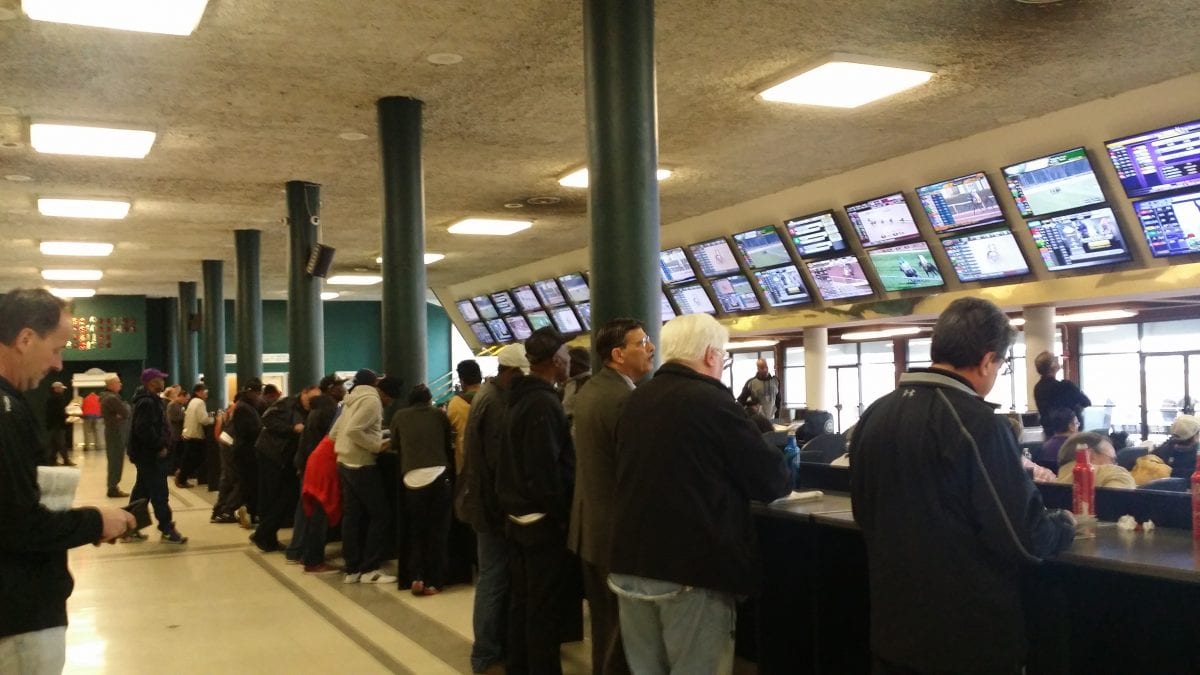
This is Part 2 of two. Go here to read Part 1, In Racing, “Where is the conversation about race?”
“We believe in equality and stand together with our community to end systemic racism.”
These words were tweeted by the accounts of The Stronach Group’s racing properties on June 3, TSG being one of the few U.S. Thoroughbred racing entities to acknowledge the nationwide protests following the deaths of George Floyd, Ahmaud Arbery, and Breonna Taylor.
Standing against systemic racism would seem to be a pretty safe position to take, yet the statement is, in the context of the industry, fairly extraordinary. It acknowledged that racism exists. Radical, right? (That’s a joke.)
But what does it mean to end systemic racism? Where does one start, especially in an industry that is woefully behind most others in recognizing the need for inclusivity?
“Companies have to be clear about their ‘why,’” said Joyell Arvella, founder and CEO of Harp + Sword, a Baltimore-based organization that uses “restorative justice to advance racial and gender equity in womxn’s health.”
She continued, “What is the narrative behind wanting to do this work? What does it even mean? Do you want to disrupt white supremacy? Do you want more representation of black and brown folks on your roster? Is it about optics?”
Arvella, who holds a degree in Black Studies and a J.D., has worked with the Harvard University Kennedy School of Government and the United Nations Special Tribunal for Lebanon, among many other national and international organizations. She spent part of her childhood on Maryland’s Eastern Shore and remembers watching people ride horses at a nearby farm.
“I never saw people like me riding horses, so I didn’t think I could, until I started going over there,” she said.
She observed that the history of Black people in horse racing has been largely lost or concealed, as has been the role that white people played in that erasure.
“Racing organizations can do the research of finding out how the industry got to where it is now,” she said.
Black jockeys dominated the sport in the latter half of the 19th century and first decade of the 20th century; entrusted with the care of their former enslavers’ horses, formerly enslaved people and their descendants were among the premier horsemen in the country, and horses ridden by Black jockeys won 15 of the first 28 runnings of the Kentucky Derby.
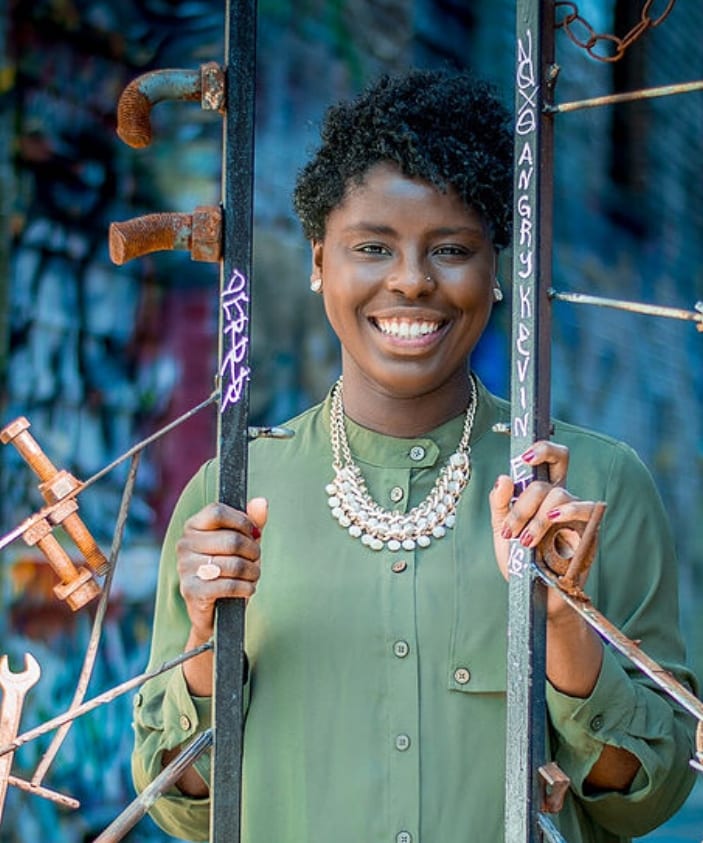
In the face of racial hostility in the South, some of those jockeys, including Jimmy Winkfield, moved north, only to find that the predominantly Irish jockeys were willing to take extraordinary measures to keep Black jockeys out of the sport.
In his biography of Winkfield, Black Maestro, Joe Drape wrote, “An Anti-Colored Union was in place, with the goal of running the black riders off the racetrack. It had begun earlier in the year at the Queens County track when the white jockeys…put the word out that if owners wanted to take home first-place purses, they’d best not ride the colored jockeys…Sometimes [the white jockeys] pocketed, or surrounded, a black jockey until they could ride him into and over the rail. Their whips found the thighs, hands, and face of the colored boy next to them more often than the horse they were riding. Every day a black rider ended up in the dirt; and every day racing officials looked the other way.”
Some white trainers refused to ride Black jockeys, maintaining that it was too dangerous.
Arvella also talked about the backstretch, noting that that is where the majority of people of color in the industry work: in positions devoid of decision-making power and equity.
“What positions,” she asked, “will allow people of color to thrive?”
One long-time industry professional, an African-American, would speak only on condition of anonymity, concerned that their employer wouldn’t support their comments. In fact, the paucity of Black people in racing made this person fearful that even using a personal pronoun would make them identifiable and that they might face employment consequences as a result.
This person would like to see a commitment to reach out to the Black and Latinx workers in the sport and to create a path to advancement for backstretch workers. And like Arvella, this person would like to see programs designed to inform customers about the sport’s history and the role that Black people played in it.
In the statement denouncing systemic racism, the National Thoroughbred Racing Association announced a collaboration with Legacy Equine Academy, which encourages primarily students of color to attend college and pursue degrees in equine-related studies.
“The NTRA will help fund scholarships for students in the University of Kentucky College of Agriculture Equine Programs with the intent of fostering a more inclusive Thoroughbred racing industry for generations to come,” said the release.
“As we began talking about making a statement,” said NTRA president and CEO Alex Waldrop, “we realized that it might ring hollow for an organization like us to call for change. We had to demonstrate that we do in fact support diversity and inclusivity in the industry.”
The NTRA board includes no people of color; its staff of 16 comprises 14 white people.
In a recent interview, Waldrop said that the NTRA supports the Black Lives Matter movement and that the scholarship is just the beginning of the organization’s commitment to equity.
“We have to do more,” he said. “We don’t have a specific plan, and we don’t have he ability to issue policy to our members because they’re independent. All we can do is lead with our words and our actions, and be mindful as we go about hiring and putting people in positions of power.”
What will that leadership look like? Harp + Sword’s Avella has some suggestions for moving forward and some questions to consider.
“Are you doing this work because it’s a trend or because you care about human life and the representation of Black and brown people, especially within horse racing?” she asked. “Or do you just want diversity?”
When she works with clients, she asks if they are ready to make significant change: to create new policies and practices, to remove people from positions, to work in different neighborhoods.
“I’d rather that people be clear that they’re not ready to do this and not do something, than to say that they are ready and end up stalling or halting change,” she said. “That’s more harmful. You’re taking time from the folks who care about these issues and who want equity to move forward, and who know that you’re not going to change anything.”
She suggests that companies do a racial and equity audit.
“Ask yourself, ‘Who’s on our roster? Who’s in power? Who’s been in power?’ ‘How have we gotten to where we are as this specific business?’” she said. “That can include reading and researching and uncovering where resistance comes from. People can be resistant to change because they’re ignorant of the ways in which they’ve benefitted at the expense of others. This isn’t only about listening to people of color who have been marginalized; you have to examine the culture and people who have benefitted from these systems.”
Depending on where the organization is in terms of diversity, equity, and inclusion, leaders might need to offer training or learning series, first for executives, board members, and leadership, then for the staff.
“Never do the staff and the executives together at the start, especially if the leadership is all white,” she said. “People need to be able to talk without fear of retaliation.”
After that, she recommended, various groups within the organization can come together to begin long-term work.
“This takes time,” she said. “It can’t be done within six months. How far is the organization willing to go? How much time and money and resources are you ready to put into it?”
And that, says handicapper and blogger Barry Spears, is precisely what he’s worried about.
“As a black person, I’ve seen this before,” he said. “I’ve seen situations similar to this with no follow-through. Everybody’s good and together now…but what about a month from now?”
LATEST NEWS

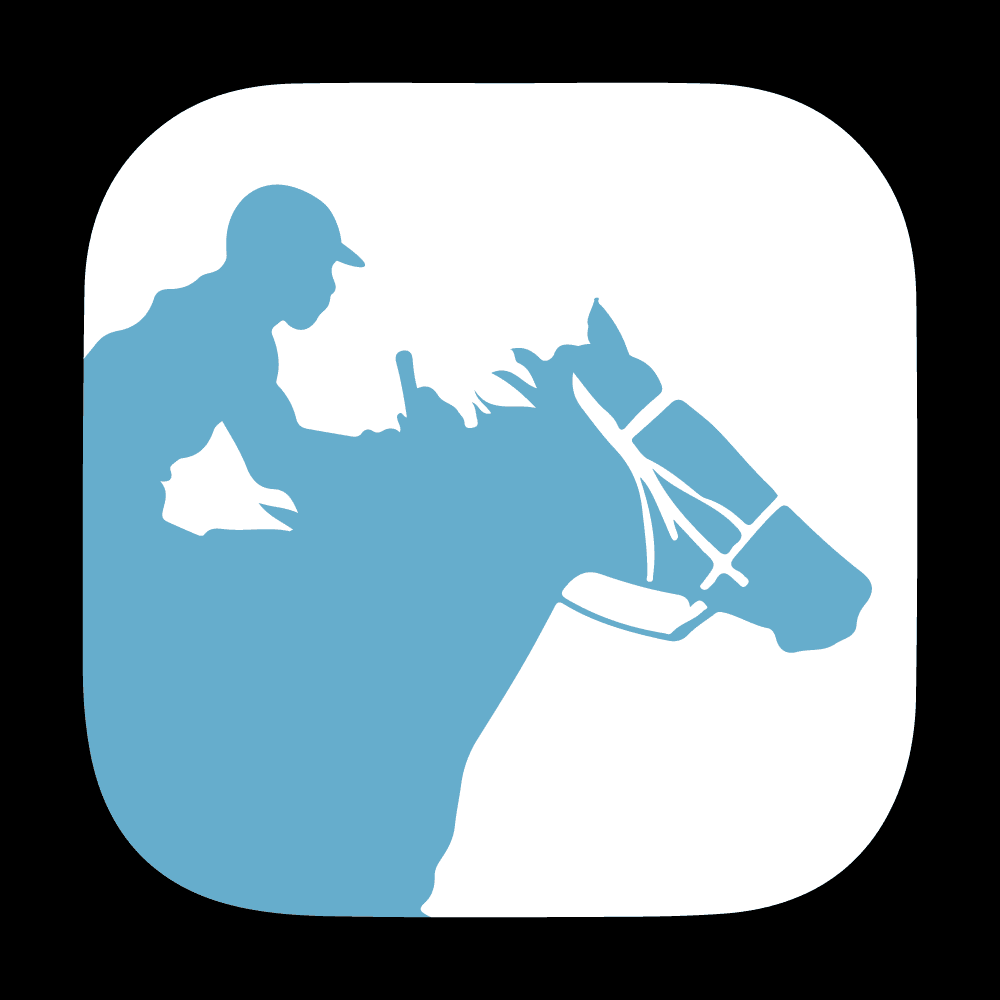


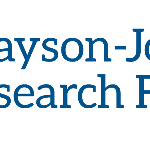




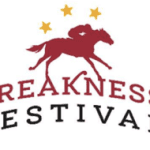






In making a sweeping claim of “systemic racism” in racing, it would be nice if the author could have cited even one case of ACTUAL racism besides citing the experience of some jockey from 100 years ago.
Likewise, quoting professional race hustlers who have nothing to do with racing but everything with manufacturing fake grievances (against “womxn”!) doesn’t cut the mustard. Or an “anonymous” source who doesn’t even claim anything discriminatory.
Horse racing is a sport where equality of opportunity for all exists every day, regardless of race, color, or creed. Blacks, whites, women, men, Latinos, Asians all have great success in many varying ways – because they train, own, or ride the fastest horses. It isn’t a hoity-toity college campus where everyone agrees America is a racist cancer that must be destroyed. This is the greatest country in the world and horse racing is its oldest and greatest sport.
Articles like this do nothing except expose the author’s radical philosophy.
You said in a prior comment that racing is a “meritocracy.” We can’t imagine that anyone would look at how racing has been run over the last number of decades and conclude that only the best and brightest have risen to the top (which of course is what a meritocracy is). Yes, of course, various people may succeed at riding or training horses, but the point here is: where are those people when big decisions are being made?
You, Virginia Horsemen, are exhibiting an ignorance that far too many in the racing industry are suffering from. I was a trainer for more than 10 years in the midatlantic, new to the game when I jumped in feet first. I was first mentored by an old black trainer who dazzled me with stories of very nice horses he worked with, but warned me about the ugly side of the industry. But I was young and naive, and felt that I wouldn’t be affected, not in this day and age. Because I was well educated, had money and was “well spoken” and studious, I was allowed into certain circles and conversations of white colleagues. I wasn’t militant, didn’t wear dreads, had a thriving business, so I wasn’t a threat. I was present during many instances of berating Caribbean blacks, calling Hispanics the “s” word, and even calling other American blacks uppity “n” words (one of them being my mentor). When confronted, each one of them said they didn’t mean it “that way” or that person just made them angry. But it didn’t stop. When I distanced myself, and let it be known why, it was no coincidence when jockeys stopped riding for me (the agents are more powerful than we think) or persecuted by the racing office. Or the vets “accidentally” pre-raced my horses wrong, forcing me to scratch. This happened on a few occasions. Or being contacted by a pony outfit prior to shipping to Colonial Downs to secure your business, only to be told when you arrived that there were no ponies available…..in a 6 horse race! What made it worse was being persecuted by those of my same skin color. Why? Because I was trying to compete with my white peers? It was because the old guard of black horsemen feels that if we’re going to be owners/trainers, we need to know our place, at the nickel level. It’s borderline sinister when a groom or hotwalker smiles to your face, but mistreats your horse behind your back. When a rider let’s your horse run off and tie up two days before a race when you’re 5/2. And you find out later that these things were done on purpose. Racism doesn’t have to knock you over the head with a pipe or hang a noose around your neck. It can also hit you in your wallet. And we haven’t even talked about the sexism! Just know that there are plenty of people with similar stories, people of less than radical philosophies, who have kept quiet out of fear. Fear of losing jobs, losing stalls, losing clients. They are just trying to survive the Good Ol Boy Network. A network that is not only alive and well, but also thriving.
The only reason a good jockey would decline to ride your 5/2 horse would be because it is sore or slow. You spend a lot of time blaming others for your own apparent failures as a trainer. “Racism” is a convenient crutch for you. The owners, racing office, jockeys, grooms, stewards other trainers, and even the pony girl are all engaged in a massive racist conspiracy to keep you down. Rubbish.
Better yet you ought to look in the mirror to explain your failures. Whenever I lose a race the responsibility is mine, and mine alone. I don’t blame everyone else. It must be nice for you to go through life with a ready-made excuse for every shortcoming you have or setback you experience.
Apparently you didn’t read my reply well enough to comprehend that at 5/2, I had to scratch because of tying up, not a rider refusing to take the call. You conveniently twisted that to fit your narrative, as well as you conveniently skipped over the part about the use of racial epithets. But hey, you have your experiences, and I have mine. And my experiences have made my life well-rounded and full of great memories and wonderful people that far outweigh any negatives that I have encountered. The bottom line is that the racing industry, as well as society in general, would do well by having more open discussions regarding racial inclusion. Oh yeah, and the stewards have actually been the very best in every jurisdiction I’ve been to, from Va to NY.
It is very good for our sport to make sure that ALL people are welcome,whether they work in it or are a fan. And yet,the same people who will take a knee for all to see, think nothing of complaining about certain neighborhoods where some tracks are located. Some even go so far as to make sure that an historic track,like Pimlico,does not survive because they are uncomfortable with an inner city area. And don’t get me started on how some tracks do less and less for the $2 bettor,the backbone of this industry. Let’s hope this new sensitivity on the subject of race can showcase how great horse racing can be for everyone.